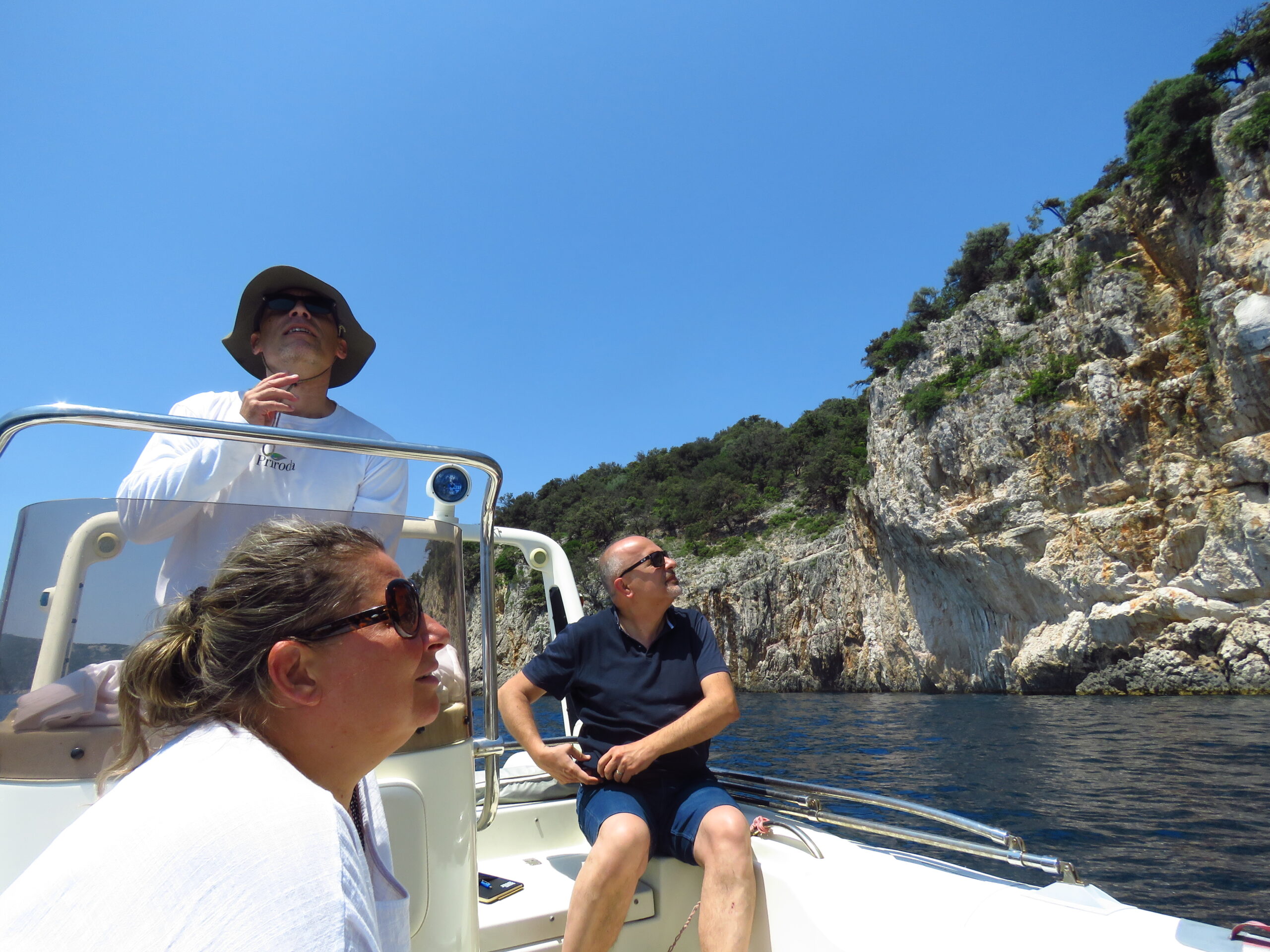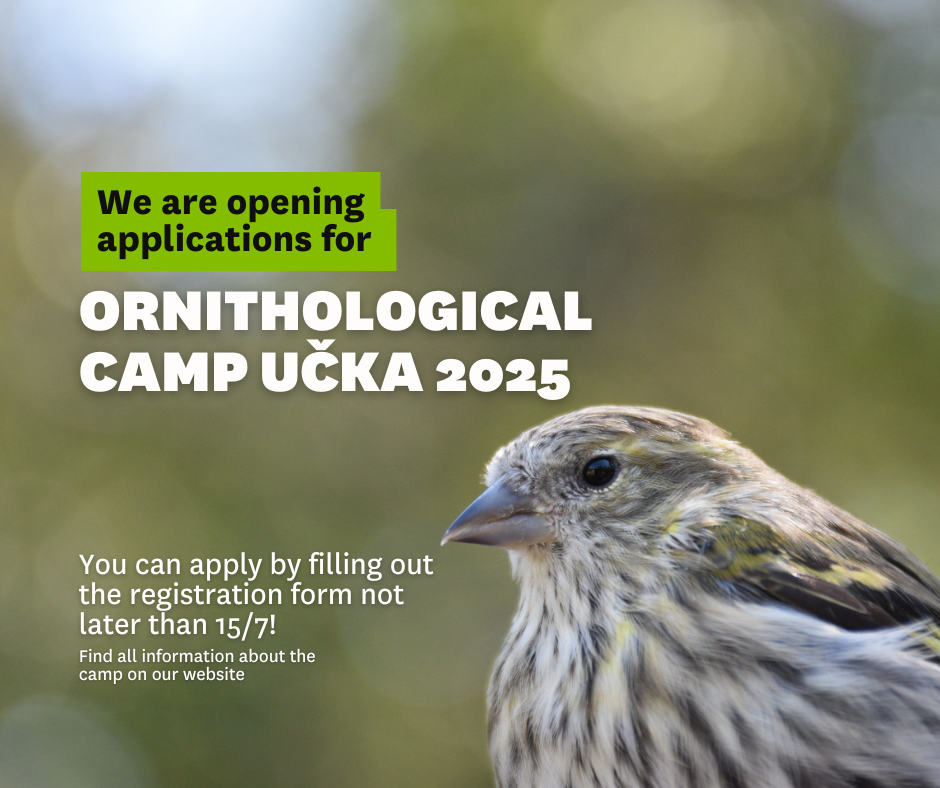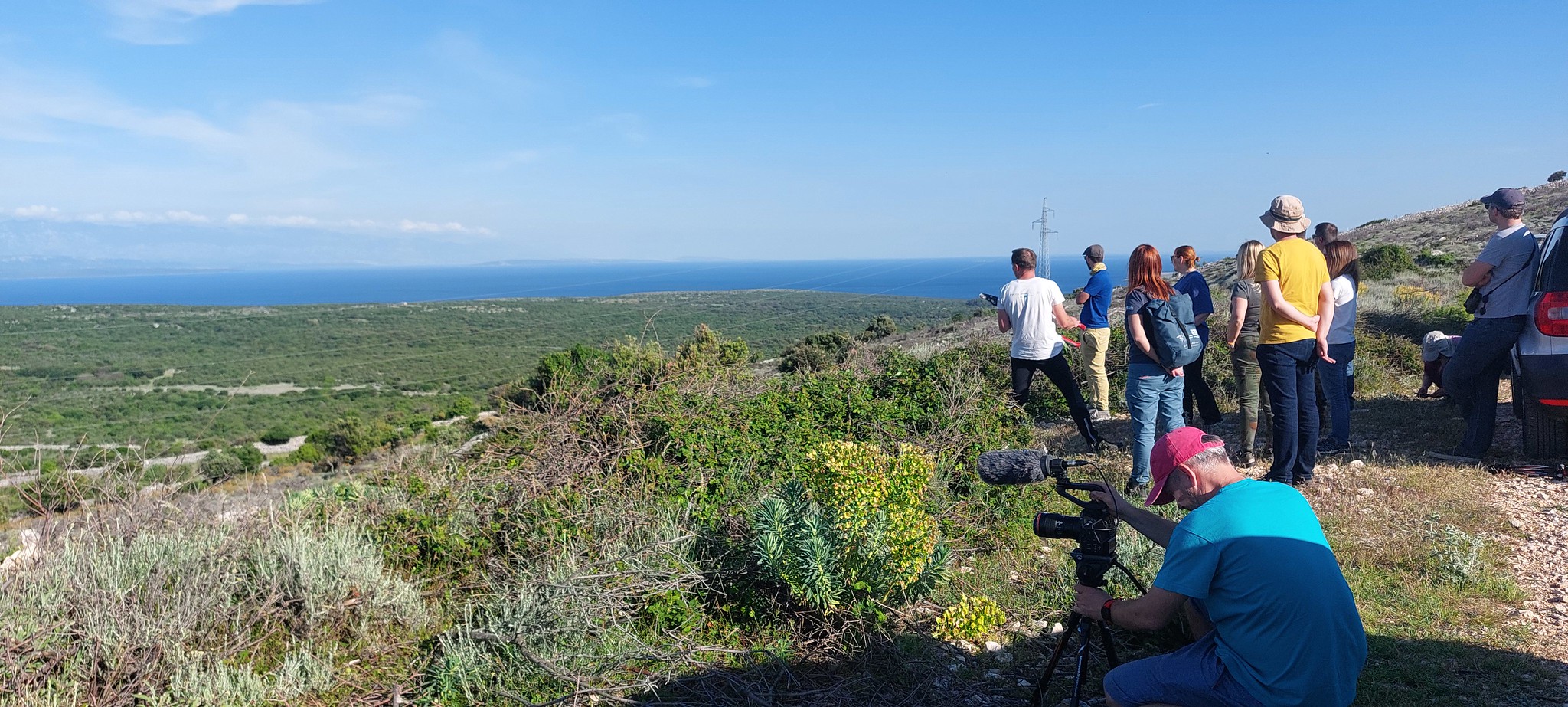 We have been receiving information from Ms. Dunja Kolar that a great cormorant (Phalacrocorax carbo) is spending its winter in park Maksimir for the third year in a row. Last winter Dunja managed to photograph the bird on the First Maksimir Lake, but more important, took a photo of the ring on the cormorant’s leg. Using the code on the ring, the Institute for Ornithology found out that our great cormorant from Maksimir is actually Estonian. The bird was ringed in 2012 in Saarema, Estonia and was 1 year old at the time. If you see this bird in Maksimir, please do not disturbe it, just admire it from a distance.
We have been receiving information from Ms. Dunja Kolar that a great cormorant (Phalacrocorax carbo) is spending its winter in park Maksimir for the third year in a row. Last winter Dunja managed to photograph the bird on the First Maksimir Lake, but more important, took a photo of the ring on the cormorant’s leg. Using the code on the ring, the Institute for Ornithology found out that our great cormorant from Maksimir is actually Estonian. The bird was ringed in 2012 in Saarema, Estonia and was 1 year old at the time. If you see this bird in Maksimir, please do not disturbe it, just admire it from a distance.
What is scientific bird ringing?
Scientific bird ringing is a research method aimed on the individual marking of birds with an aluminium or colored plastic ring with a unique code on it. Using ordinary metal rings in most cases requires a bird to be recaught to check its identity, so many ornithologists use color rings. These rings can often be seen from a distance or with binoculars. Ringers can use one or more color rings that are then fitted in a unique combination or a color ring with a code written on. This type of ring is on the leg of the cormorant from Maksimir. After ringing, the birds are freed unharmed from the same place they were caught. Any record of a ringed bird, either through sightings, recapture and subsequent release, or on the occasion of its recovery as a dead bird, will tell us much about its life, especially about the routes the bird takes.
How can you report a ringed bird?
Bird ringing is organized by national ringing schemes. All European national ringing schemes are coordinated by the European Union for Bird Ringing (EURING). In Croatia this activity is conducted by the Institute for Ornithology at the Croatian Academy of Science and Arts. If you find a ringed bird and want to report the sighting, you have to give some information to the Institute: the name of the scheme and code on the ring and the date and place of the sighting. By giving this information you provide the Institute for Ornithology with valuable data about the migration, age and sex of the bird.







